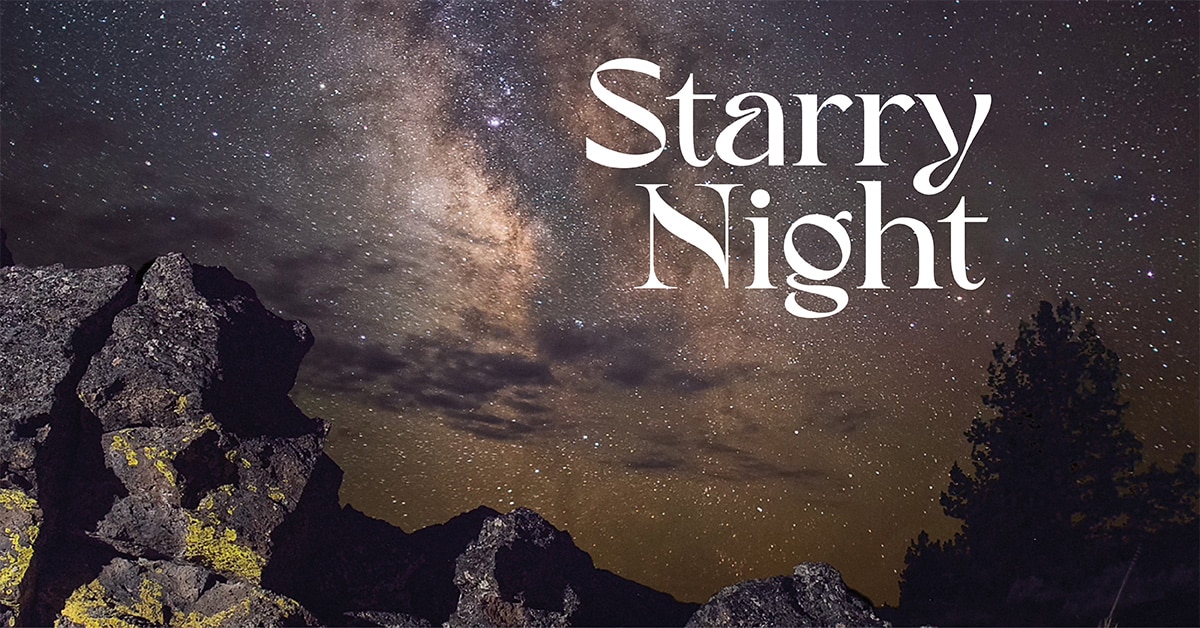Starry Night
Stargazing in Lava Beds National Monument…
A comprehensive global study in 2016 determined that more than 80 percent of the world and more than 99 percent of the United States and Europe live in light-polluted skies. In fact, nearly 80 percent of North Americans cannot see the Milky Way. As the world becomes more urbanized, that statistic only continues to grow. Thankfully, the National Park Service has made it a priority to protect the night sky as a cultural, natural and economic resource.
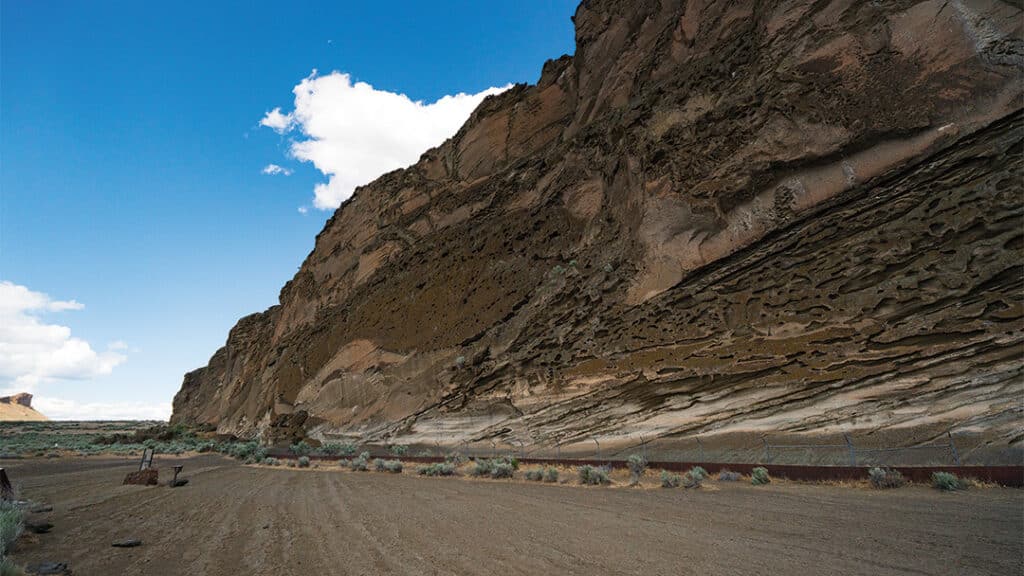
One of the best places to take in the starry sky is at the Lava Beds National Monument in the remote region of eastern Siskiyou County. “We always say that half the park is after dark because the night sky views are breathtaking. Even if you’re not an astronomer, you can’t help but be amazed,” explains Angela Sutton, the interpretation park ranger for the Lava Beds National Monument. “My nieces and nephews came to visit, and we had that little moment in between where the sun is setting and the stars haven’t fully come out yet. And they’re like, ‘Oh, it’s so dark. Turn on the lights!’ and I told them to just wait, because we wouldn’t need the porch light once the stars come out. They were just blown away when they finally got to look up. They hadn’t ever seen that many stars before.”
Although the monument has yet to receive an official Dark Sky designation, Sutton says that’s part of the long-term goal. In the meantime, they are taking every opportunity they can to mitigate light pollution. “Our hope is to continue to protect all the natural and cultural resources of Lava Beds with as little impairment as possible. We would never add infrastructure that would take away from our amazing night sky. We have also gone through the park and converted any existing lighting to all be night sky friendly.”
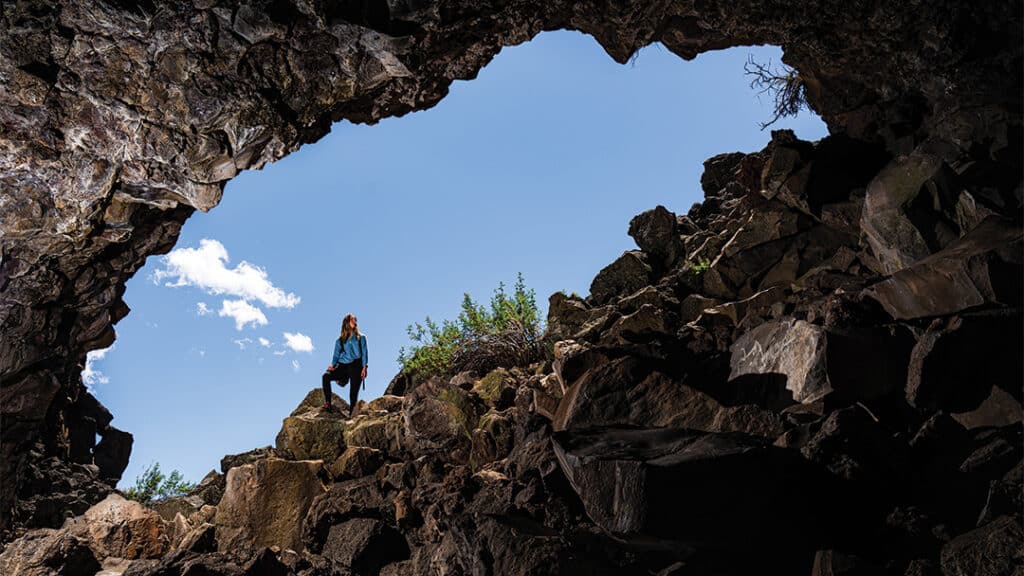
While amateur astronomers are already regular visitors, Sutton has some helpful hints for anyone else who wants to make the most of a night sky experience. “I recommend staying in the middle to south sections of the park, which will keep you farthest away from any nearby light pollution coming from the local communities. If you have a telescope or even a pair of binoculars, I recommend bringing those, too. Using a red flashlight will also limit the light pollution that you create, and will make it easier on your eyes to stay adjusted for night viewing. And, if you want to get away from the campground to look at the night sky, the visitor center parking lot or any pullout along the road tend to be great options.”
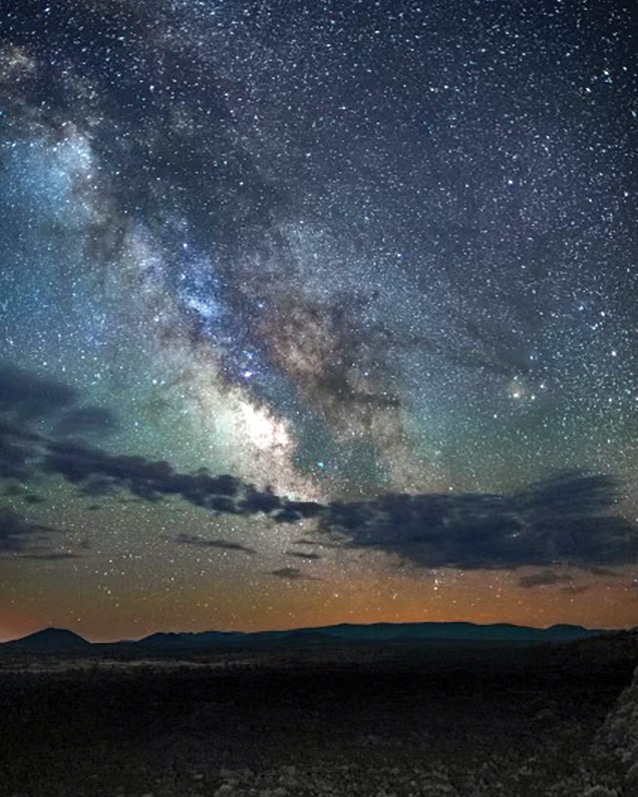
One of the most magical astronomical events that can be witnessed at the park is during a meteor shower, when bits of space rock enter the atmosphere, get super-heated and light up the sky. Many of these showers happen annually, and are named after the part of the sky where the meteors originate. For example, the Perseids come from the constellation of Perseus, and the Orionids come from the constellation of Orion. Both of these events put on a dazzling seasonal show over the Lava Beds, with the Perseids generally peaking between August 9-14, and the Orionids generally peaking around October 20-21. But Sutton notes that just experiencing a normal full moon can be an unforgettable encounter. “The quiet and the view can’t be beat. I remember one night walking across the visitor center parking lot to my car around midnight, and the sky was so bright from the light of the moon that I didn’t need a flashlight, and I really felt like I could just reach out and touch it.”
Sutton reminds visitors that there is lots to do at the Lava Beds even when the sun is up, and she recommends stopping by the new visitor’s center along Highway 139, about 8 miles south of Tulelake. “We have amazing flora and fauna, with wildflowers dotting the landscape from late May to early August. The north end of the park sits up against the Tule Lake Wildlife Refuge, providing birders with a variety of waterfowl and birds of prey to enjoy year-round. Above ground, we have more than 20 miles of hiking trails that go to various geological sites like the top of a cinder cone, or through Captain Jack’s
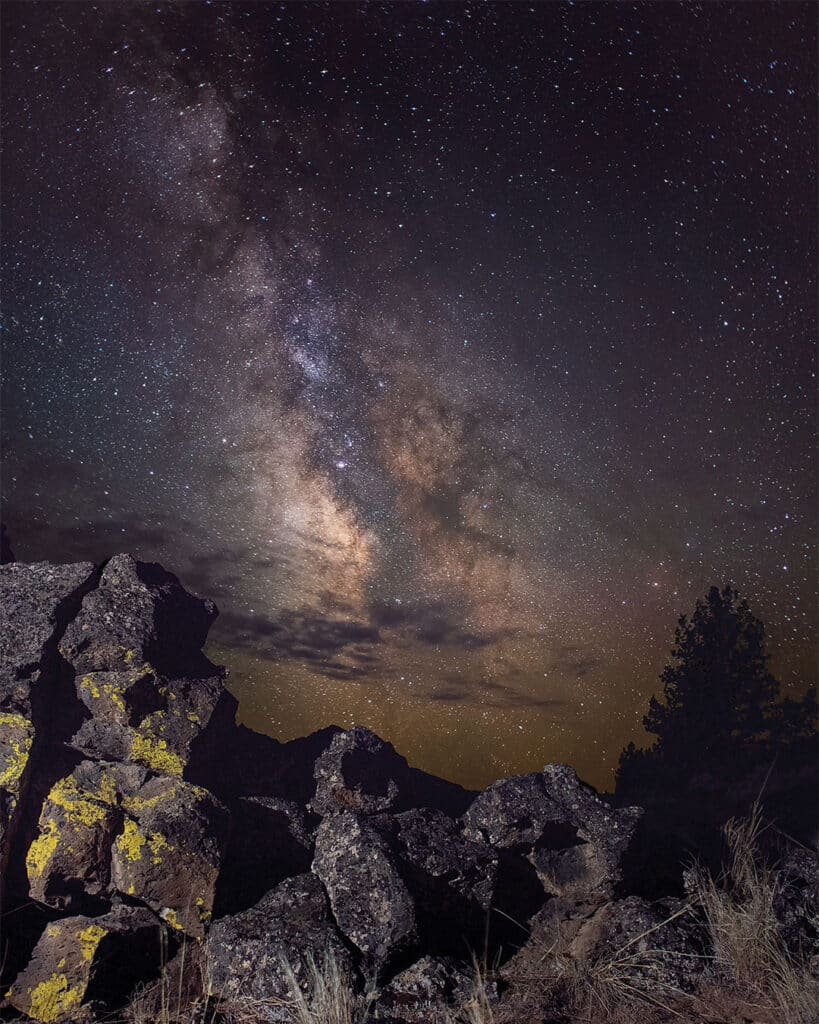
Stronghold, where the Modoc people successfully defended themselves against the U.S. Army for almost six months. Below ground there are over 20 developed caves to explore. Our staff also manages Tule Lake National Monument, which protects and shares the stories of Japanese Americans who were held at the Tule Lake Segregation Center during World War II.” •
Lava Beds National Monument
Tule Lake National Monument
(530) 667-8119

